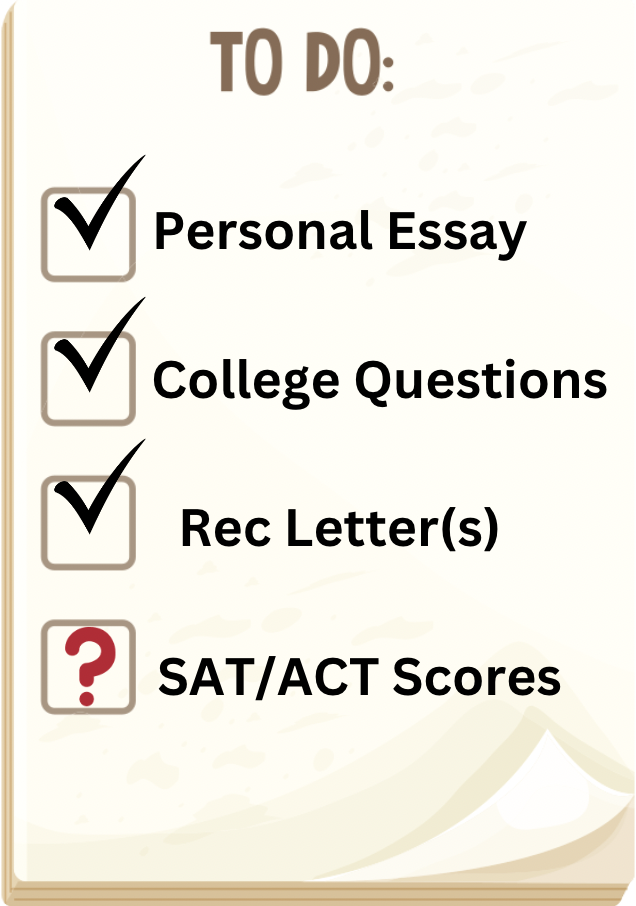In the ever-evolving landscape of higher education, a quiet revolution is unfolding: colleges are now incorporating the choice of test-optional submissions in their admissions. Long-standing pillars of college admissions, such as the SAT and ACT, are facing new and unexpected challenges as more institutions choose to waive these standardized tests as prerequisites for admission.
The Benefits of Test-Optional Policies:
Standardized tests have long been the gatekeepers of college admissions, viewed as objective measures of academic prowess. However, the test-optional trend signals a departure from this tradition, driven by a desire to foster inclusivity. Recognizing the influence of socioeconomic factors on test performance, colleges are questioning the validity of relying on a single metric to assess an applicant’s potential.
One of the chief virtues of test-optional policies lies in their potential to dismantle barriers and cultivate diversity within student populations. By relinquishing the reliance on standardized test scores, colleges aim to provide an equal footing for students from underrepresented minorities and disadvantaged backgrounds. This shift mirrors a broader societal push towards inclusivity, acknowledging that talent exists in myriad forms beyond the confines of a test booklet.
Test-optional policies also lead to a more holistic approach to evaluating applicants. Beyond test scores, admissions officers consider a student’s narrative, extracurricular achievements, and personal statements. This perspective paints a richer picture of the individual, steering away from the reductionist approach of assessing academic skills through a single numerical value.
The prevailing culture of standardized testing has birthed a generation of students burdened by stress and anxiety. The test-optional movement alleviates this pressure, allowing students to showcase their abilities in various forms. A more nuanced evaluation process could contribute to a healthier, more balanced educational journey for all students.
Drawbacks and the Balancing Act:
However, for all its promise, the test-optional approach is not without its critics. Some argue that standardized tests provide an objective benchmark, a common language for evaluating applicants. The absence of this metric raises concerns about the subjectivity of admissions decisions, potentially compromising the “fairness” of the process.
Moreover, there’s a looming worry for top colleges about the impact on college rankings. Many institutions fear that veering away from standardized tests could adversely affect their standings, as these rankings often consider average test scores as a key factor.
The Road Ahead:
“I think it’s a great idea … why do we need to study for a test that’s all about how to take a test?” current Virginia Tech freshmen, Anderson Nguyen said. “Test optional [policies] are a great idea where your grades and background truly stand out, rather than a three-hour long test.”
Standardized tests shouldn’t be the main measurement of how you perform as a student – a strong application does not have to require a backbone of SATs and ACTs.
“Universities adopting test-optional policies presents a multifaceted issue. On the one hand, these policies may be more equitable for underprivileged students who do not have access to test prep,” Misha Kasher, a current freshman at the University of Michigan, stated. “However, on the other hand, these policies make it difficult for universities to differentiate between high-achieving students making the admissions process much less transparent.”
As the debate around test-optional policies rages on, it becomes evident that there is no one-size-fits-all solution. Each institution must carefully weigh the advantages and disadvantages; considering its unique ethos, mission, and its diverse pool of aspiring students.
In essence, the test-optional trend prompts us to reconsider the fundamental nature of education. Is it a journey measured by a singular test score, or a collective experience that encapsulates the myriad talents and potentials each student brings to the academic table?









